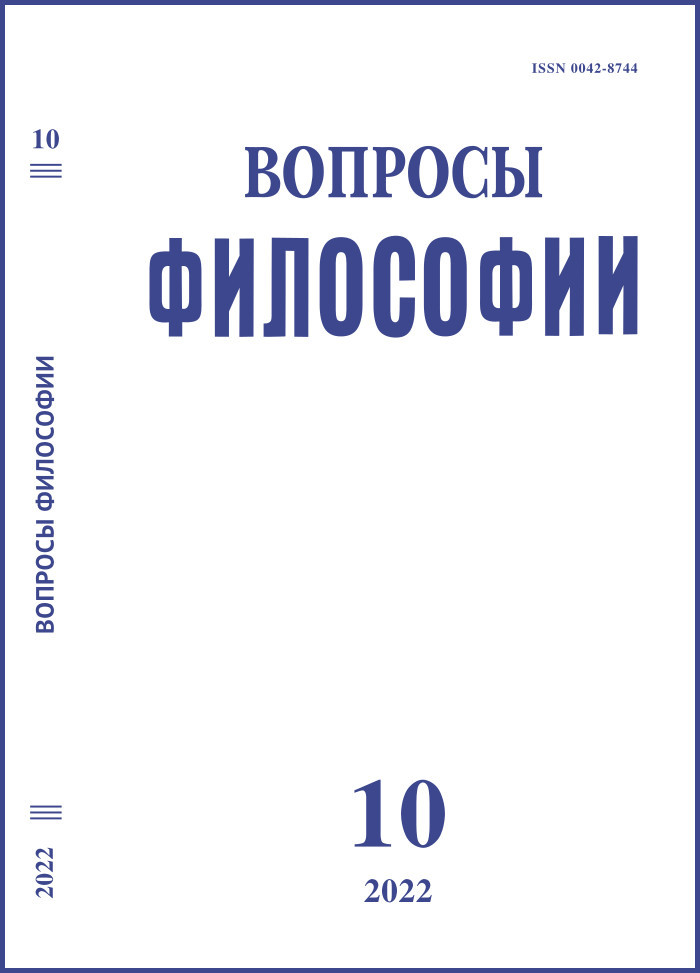Универсальные измерения мистики
DOI:
https://doi.org/10.21146/0042-8744-2022-10-193-203Ключевые слова:
компаративное религиоведение, трансцендентное, целое, пространство, время, мистико-интуитивное познание, сознание, психопрактика.Аннотация
В статье феномен мистики рассматривается в единстве четырех измерений, которые составляют ее универсальное начало. Онтологическое измерение мистики формирует картину мира, в которой мир рассматривается как Целое и Единое. Мистический опыт всегда является опытом единства, в результате которого социальное и биологическое время замедляются, пространство утрачивает свою многомерность и иерархичность. Гносеологическое измерение мистики предполагает развитие иррационального мистико-интуитивного познания, которое формирует целостную картину мира и преодолевает субъектно-объектное отношение к нему. Результатом становится просветленное состояние сознания и опыт мистического света. Антропологическое (психологическое) измерение мистики предполагает преодоление эгоцентрического сознания с помощью комплекса психопрактик, использование которых вне мистического контекста является опасным. Мистический опыт развивает высшие потребности, чувства любви, сострадания, радости, благодарности. Происходит смена экзистенциального состояния человека. Мистика в ее социально-историческом измерении развивалась от аскетической формы к интеграционной, балансируя между «уходом от мира» и «возвращением в мир». Мистика как феномен обладает мощными ресурсами влияния на общество и на современном этапе должна утвердить значение как мира трансцендентного, так и материального, помочь человечеству понять их тесную взаимосвязь и опасность их противопоставления. Каждое измерение мистики необходимо рассматривать в его тесной связи с современной научной картиной мира.
Загрузки
Опубликован
Версии
- 2025-02-07 (2)
- 2022-10-31 (1)

